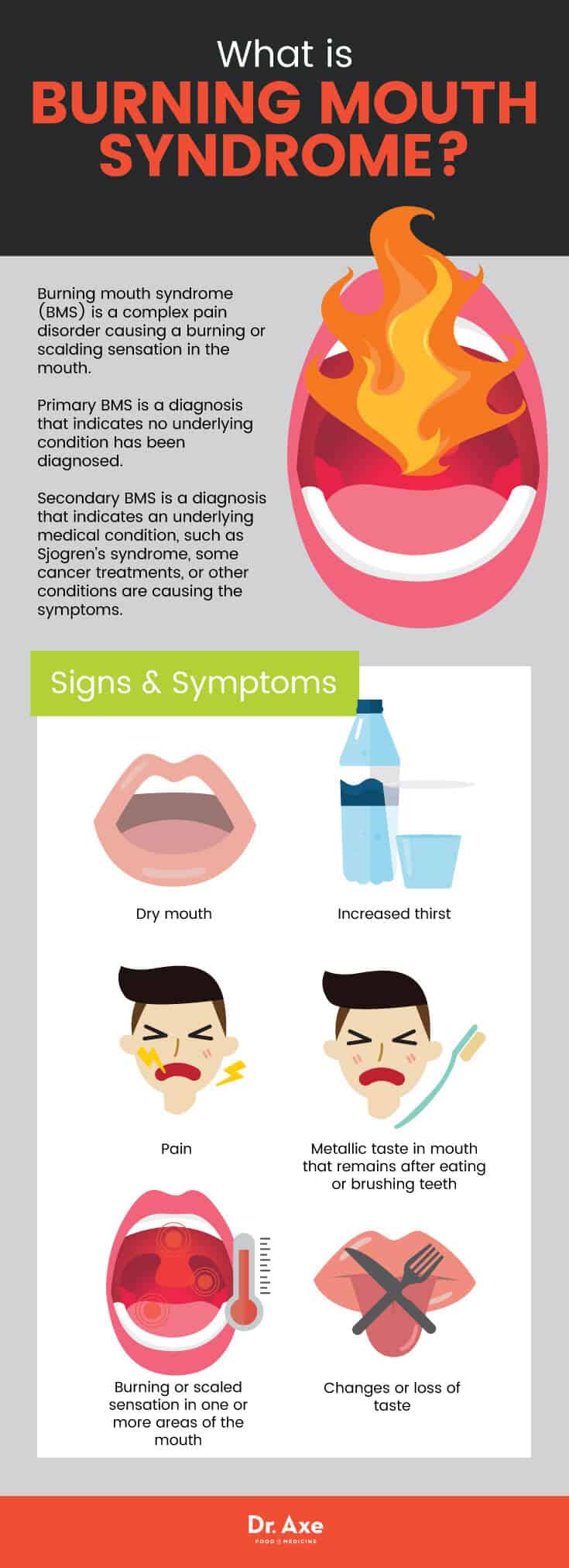Zirconia Crown Dental Guide: Experts' Insights
The realm of dental restoration has witnessed significant advancements in recent years, with one of the most notable developments being the introduction of zirconia crowns. These crowns have revolutionized the way dentists approach tooth restoration, offering a unique blend of aesthetics, durability, and biocompatibility. In this comprehensive guide, we will delve into the world of zirconia crowns, exploring their benefits, applications, and what patients can expect from the treatment process.
Introduction to Zirconia Crowns
Zirconia, a type of ceramic material, has been widely used in dental applications due to its exceptional strength, fracture resistance, and ability to mimic the natural appearance of teeth. Zirconia crowns are manufactured using computer-aided design (CAD) and computer-aided manufacturing (CAM) technology, allowing for precise fit and customization to individual patient needs. This level of precision not only ensures a comfortable fit but also contributes to the crown’s durability and longevity.
Benefits of Zirconia Crowns
The popularity of zirconia crowns can be attributed to their numerous benefits, which set them apart from traditional metal or porcelain crowns. Some of the key advantages include:
- Aesthetics: Zirconia crowns are highly prized for their natural appearance. They can be shaded to match the surrounding teeth, providing a seamless integration that is almost indistinguishable from natural teeth.
- Strength and Durability: Zirconia is renowned for its exceptional strength and resistance to wear and tear. This means that zirconia crowns can withstand the forces of chewing and biting without compromising their integrity.
- Biocompatibility: Zirconia is a biocompatible material, reducing the risk of allergic reactions or gum irritation that can sometimes occur with metal crowns.
- Minimal Tooth Preparation: Compared to other types of crowns, zirconia crowns often require less tooth preparation, preserving more of the natural tooth structure.
- Hypoallergenic: Ideal for patients with metal sensitivities, zirconia crowns offer a safe and reliable alternative.
Applications of Zirconia Crowns
The versatility of zirconia crowns makes them suitable for a wide range of dental applications, including:
- Restoring Damaged Teeth: Zirconia crowns are often used to repair teeth that have been cracked, decayed, or weakened by large fillings.
- Cosmetic Enhancements: For patients looking to improve the appearance of their smile, zirconia crowns can correct issues such as discoloration, misshapen teeth, or uneven spacing.
- Supporting Dental Bridges: Zirconia crowns can serve as anchors for dental bridges, providing a stable and durable foundation.
- Dental Implants: Zirconia is also used in the abutment and crown of dental implants, offering a metal-free solution that is both functional and aesthetically pleasing.
The Treatment Process
Receiving a zirconia crown typically involves several steps, from the initial consultation to the final placement of the crown. Here’s an overview of what patients can expect:
- Consultation: The process begins with a consultation with a dentist to discuss the viability of zirconia crowns for the patient’s specific needs.
- Tooth Preparation: The dentist prepares the tooth by removing any decay or damaged areas and shaping it to fit the crown.
- Impressions: Impressions of the prepared tooth and the surrounding teeth are taken to create a model.
- CAD/CAM Design: The model is then used to design the zirconia crown using CAD/CAM technology.
- Manufacturing: The designed crown is manufactured according to the specifications.
- Fitting and Adjustment: The crown is fitted onto the prepared tooth and any necessary adjustments are made to ensure a comfortable and proper fit.
- Cementation: Finally, the crown is cemented into place.
Maintenance and Care
To ensure the longevity of zirconia crowns, proper maintenance and care are crucial. This includes:
- Regular Brushing and Flossing: Maintaining good oral hygiene practices to prevent plaque buildup and gum disease.
- Dental Check-ups: Regular visits to the dentist for check-ups and cleanings.
- Avoiding Harmful Habits: Refraining from habits such as grinding or clenching teeth, and avoiding biting or chewing on hard objects.
Conclusion
Zirconia crowns represent a significant advancement in dental restoration, offering patients a durable, aesthetically pleasing, and biocompatible solution for a variety of dental issues. With their numerous benefits and wide range of applications, it’s no wonder that zirconia crowns have become a preferred choice among dentists and patients alike. By understanding the process, benefits, and maintenance requirements of zirconia crowns, individuals can make informed decisions about their dental health and enjoy a confident, healthy smile for years to come.
FAQ Section
What are the primary benefits of choosing zirconia crowns over traditional crowns?
+Zirconia crowns offer several benefits, including their natural appearance, high strength, biocompatibility, and the requirement for minimal tooth preparation. They are also hypoallergenic, making them an excellent choice for patients with metal sensitivities.
How long do zirconia crowns last?
+Zirconia crowns are known for their durability and can last for many years with proper care and maintenance. On average, they can last between 10 to 15 years, but this timeframe can vary depending on factors such as oral hygiene practices, diet, and the presence of any harmful habits like teeth grinding.
Are zirconia crowns expensive?
+The cost of zirconia crowns can vary based on several factors, including the location, the dentist’s expertise, and the complexity of the procedure. While they may be more expensive than some other types of crowns, their durability and aesthetic appeal make them a valuable investment for many patients.


